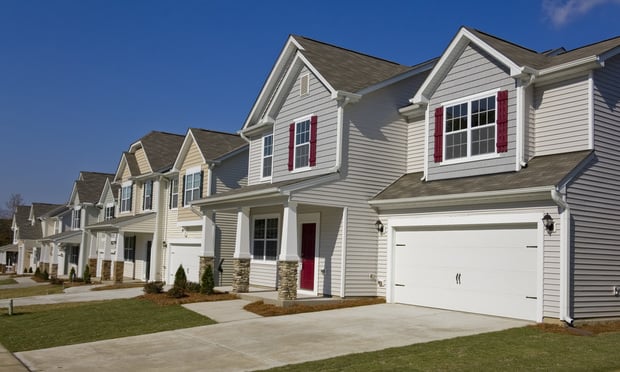If you want to find innovation in green building, new construction is the first place you should look. "There are a ton of initiatives going on" in this area, according to Megan Baker, senior director of Engagement for the Green Building Initiative. One trend that intrigues Baker is buildings going net zero energy neutral by using a battery or some other mechanism to store energy. "They're basically trying to store energy and then be able to use it at various times of the day," she says.
Through the use of glazing, such as skylights, building designers can create more natural light, which also reduces energy consumption. "It can also have a positive effect on the tenants of the building," Baker says.
Recommended For You
Want to continue reading?
Become a Free ALM Digital Reader.
Once you are an ALM Digital Member, you’ll receive:
- Breaking commercial real estate news and analysis, on-site and via our newsletters and custom alerts
- Educational webcasts, white papers, and ebooks from industry thought leaders
- Critical coverage of the property casualty insurance and financial advisory markets on our other ALM sites, PropertyCasualty360 and ThinkAdvisor
Already have an account? Sign In Now
*May exclude premium content© 2025 ALM Global, LLC, All Rights Reserved. Request academic re-use from www.copyright.com. All other uses, submit a request to [email protected]. For more information visit Asset & Logo Licensing.









